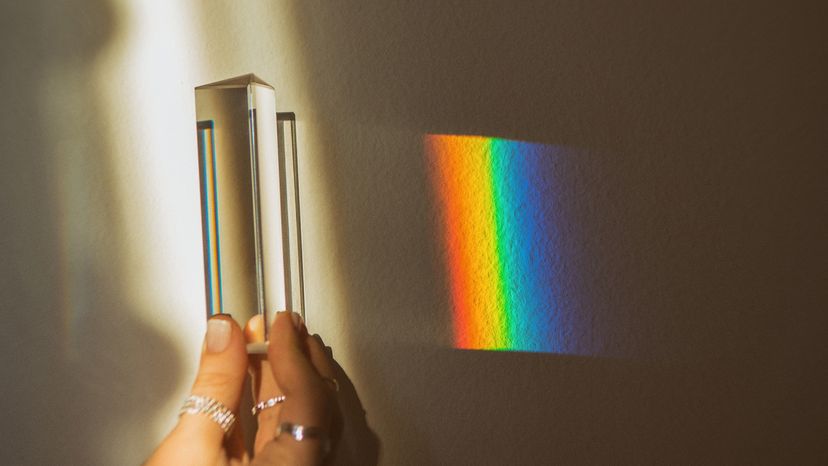
"Why are there so many songs about rainbows?" sings Kermit the Frog in a song (about rainbows) called "Rainbow Connection" from 1979's "The Muppet Movie." And it's not just songs that feature rainbows. Children's memorabilia (from "My Little Pony" to Lisa Frank to anything with unicorns) and sweet treats ( from Lucky Charms to sherbert) are all filled with these dazzling rainbow colors.
Rainbows are happy and bright. They stand for peace and pride. They are both visually stunning and scientifically precise. On a sunny day, sunlight, water and angles collide to create the ultimate display of physics and optics.
Advertisement

